Famous Athletes Who Have Died During Competition


Reviewed and approved by the doctor Leonardo Biolatto
Have you ever heard of athletes who have died in the middle of a competition? In the world of sports, replete with glory and passion, it’s shocking to imagine that renowned athletes have met a tragic end while pursuing their dreams.
In this article, we’re going to delve into these stories and examine the circumstances surrounding them.
The 5 most shocking cases of athletes who died in the midst of competition
Despite special care, fitness tests, and physiotherapy sessions aimed at improving their performance, the fragility of life and the inherent risk of high-level practice becomes evident. These events can be caused by lethal impacts, a blow or injury, or even cardiac arrests.
Let’s take a look at 5 of the most famous examples.
1. Gino Mäder
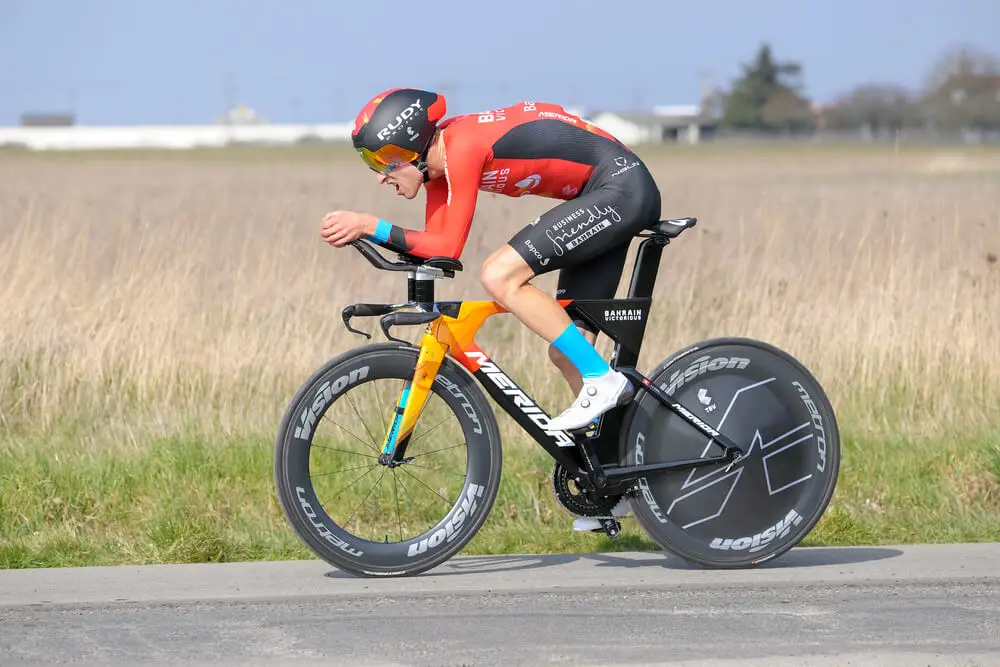
The month of June has been marked by the sad news of the death of Swiss cyclist Gino Mäder. The 25-year-old lost his life after crashing during the fifth stage of the Tour de Suisse.
The incident took place almost 200 kilometers from the finish line when he collided at high speed with American cyclist Magnus Sheffield. Both were descending from the Albula pass towards La Punt, where the stage would come to an end.
In an unfortunate turn of events, Mäder, who was traveling at a speed of 90 kilometers per hour, fell down a hillside approximately 30 meters high, landing in a large puddle of water surrounded by rocks. Despite the efforts of the Coire hospital team, he did not survive.
Although the facts about his death are limited, it’s important to note that bicycle collisions are common among amateur and competitive cyclists. They can cause head and body trauma.
According to a study conducted by Fundación MAPFRE on head injuries in cyclists, traumatic brain injury (TBI) is considered the main cause of death in 57% of the cases of cyclist deaths.
A TBI can be caused by a blow, a jolt, an impact to the head, or a penetrating injury that disrupts the normal functioning of the brain. According to an article published in the BMJ, more than 75% of cycling-related deaths result from head injuries.
Gino, thank you for the light, joy, and laughter you brought to all of us, we will miss you as a cyclist and as a person. Today and every day, we will ride for you, Gino.
2. Antonio Puerta
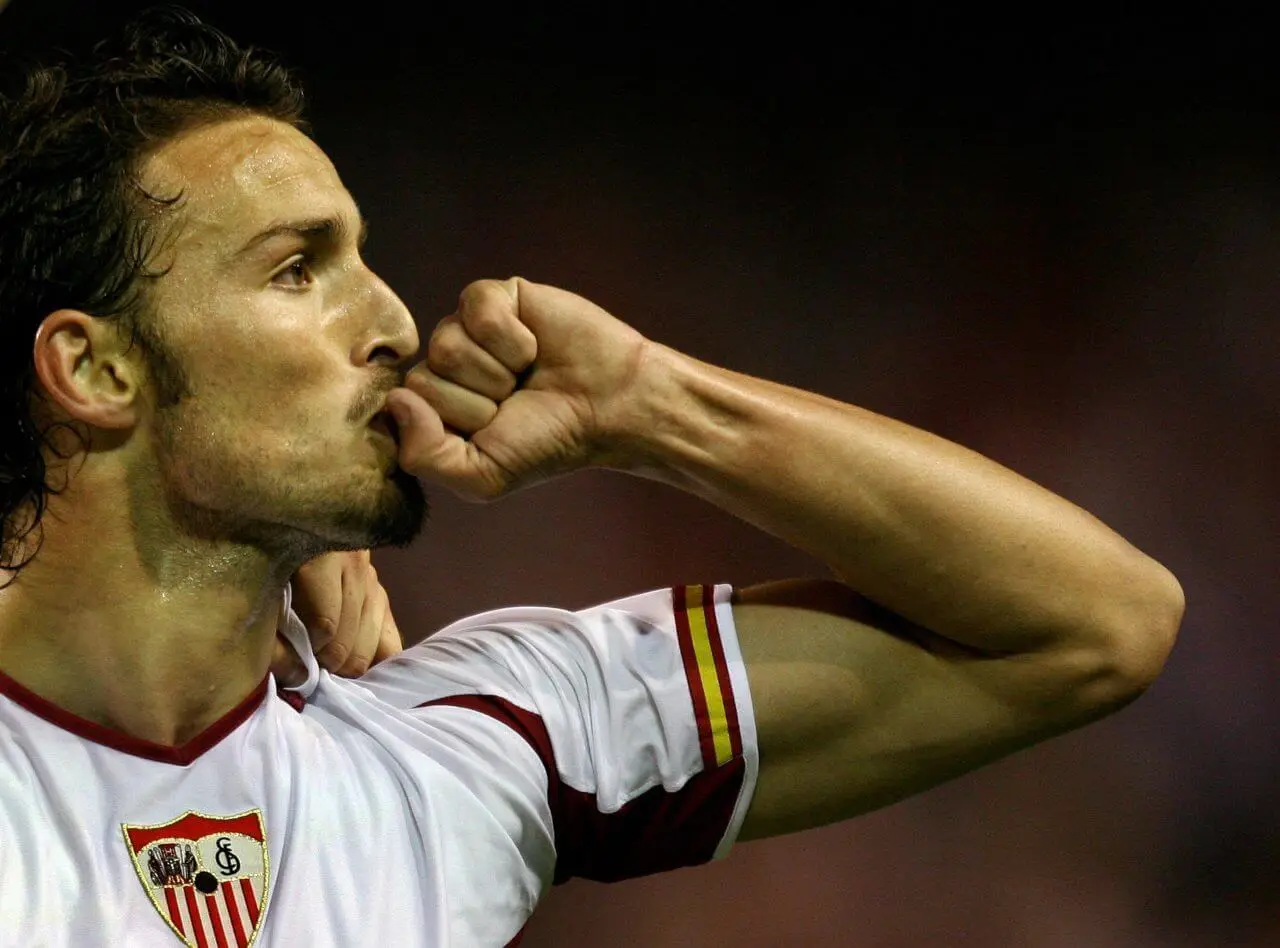
We think you may be interested in reading this, too: Alexander Zverev: Diabetes Is No Obstacle to Being a World-Class Athlete
In August 2007, Spanish soccer lost one of its most promising young players, Antonio Puerta. The Sevilla FC player suffered from a cardiac arrest during a match. Despite receiving immediate medical attention, his life could not be saved.
The leading cause of death in young athletes is sudden cardiac arrest (SCA). This term refers to a situation in which there is a sudden loss of pulse and consciousness due to an unexpected failure of the heart’s ability to pump blood properly.
Most young athletes harboring a potentially lethal cardiac disorder have no warning signs or symptoms, making effective pre-participation cardiovascular screening difficult,
The untimely death of the soccer player serves as a reminder of the importance of regular medical examinations in athletes. According to Gutierrez Sotelo, it’s key to perform thorough evaluations with the goal of detecting possible bradycardias, premature contractions, murmurs, or abnormal pulses.
It’s also crucial to consider a family history of sudden death, as well as any episodes of unconsciousness during exercise by the athlete. These extra care and precautions are essential to prevent similar tragedies in the future.
3. Athletes who have died: Frankie Leal
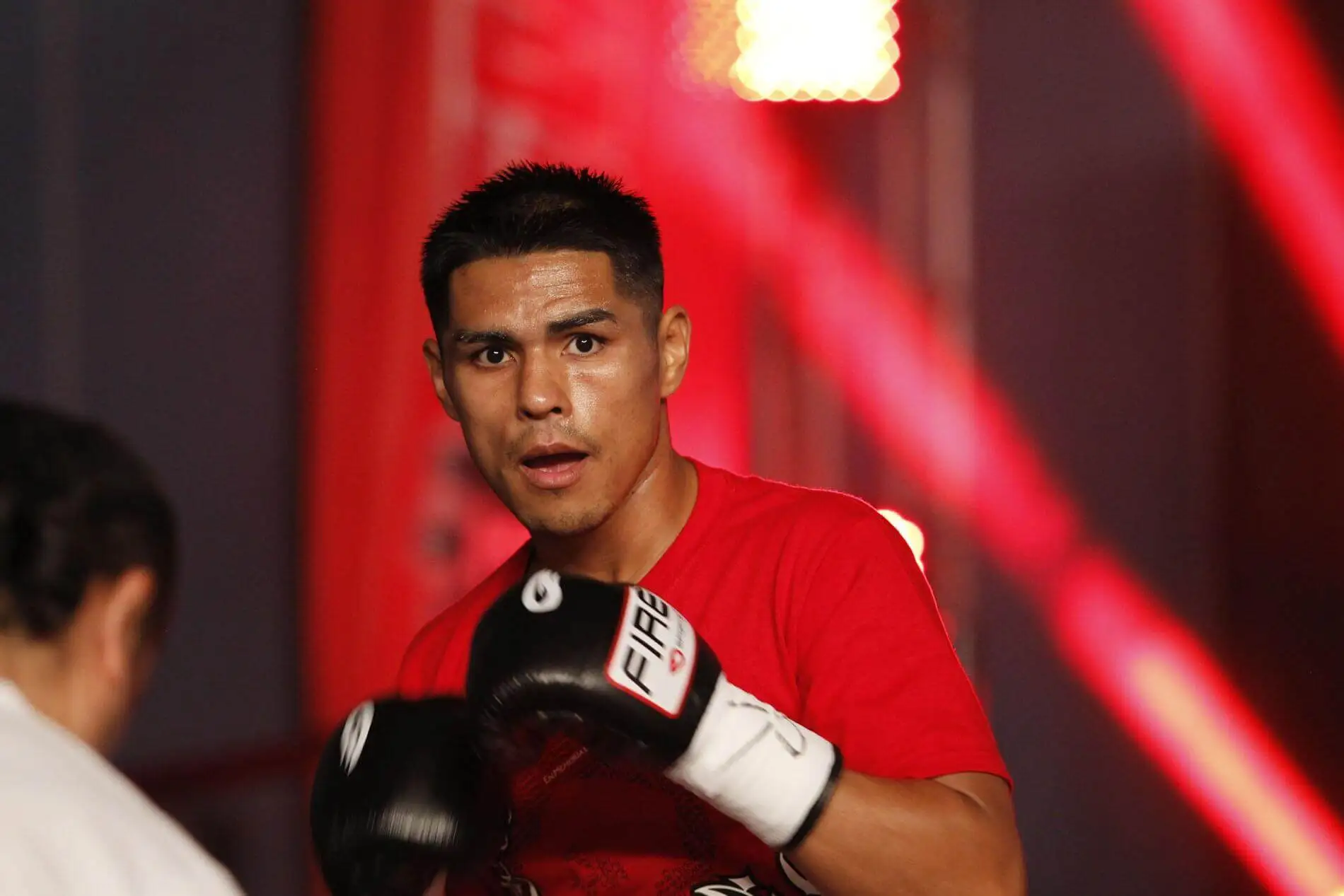
Boxer Frankie Leal joins the list of athletes who have died in competition. During the eighth round of the fight against Raul Hirales, Leal received two blows to the left back of the head, resulting in a knockout (KO).
The blows triggered a stroke, a condition that resulted in his death three days later. According to the American Heart Association, a stroke occurs when a blood vessel that supplies oxygen and nutrients to the brain ruptures or becomes blocked due to the formation of a clot.
KO in boxing involves the deliberate induction of a state of unconsciousness. A publication in the Oxford Journals claims that more than 80% of boxers suffer severe brain damage, making the sport a significant health risk.
On the other hand, according to the MSD Handbook, boxing trauma can result in fractures, hematomas, and concussions. These injuries are usually the result of collisions, falls, and direct blows.
The actual number of deaths in boxing is 0.13 per 1,000 participants per year.
4. Phil Joel Hughes
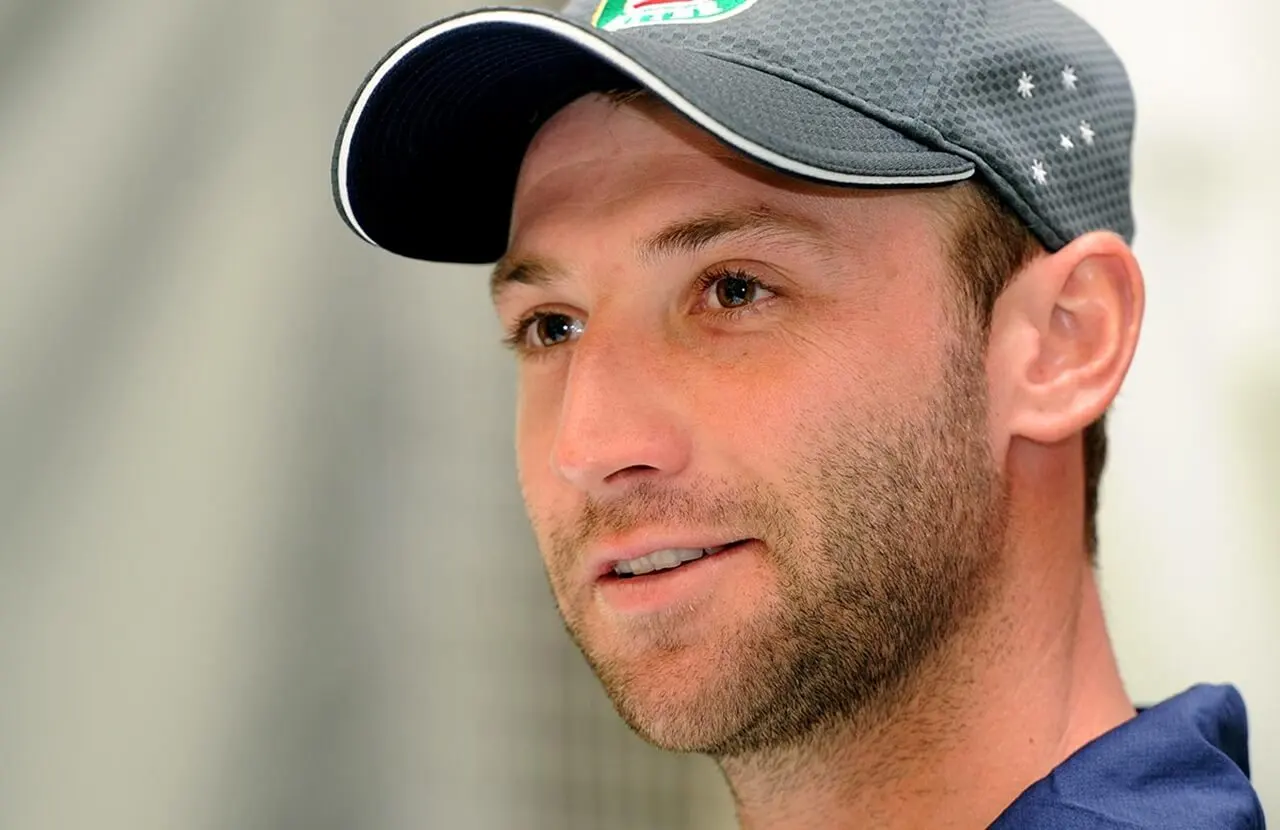
The sports world was shocked by the death of cricketer Phil Joel Hughes. In 2014, during a match at the Sydney Cricket Ground, Hughes suffered the impact of a ball to his neck and under his helmet while he was batting for the South Australian team. Doctors confirmed that the blow caused a vertebral artery dissection, which triggered a fatal hemorrhage.
Vertebral artery injuries can occur traumatically or spontaneously. The former is the result of blunt blows to the head and neck or penetrating trauma. On the other hand, the latter originate from a weakness in the vascular wall, often related to vascular disorders.
According to the Cleveland Clinic, vertebral artery dissection is caused by a tear in one of the blood vessels ascending the back of the neck. In Hughes’ case, the impact of the ball caused compression and rupture of the artery.
This tear resulted in massive blood flow to the brain. As a consequence, the sudden accumulation of blood led to loss of consciousness.
After the accident, the player was transferred to St. Vincent’s Hospital in Sydney, where he underwent surgery. Until November 27, he remained in a critical condition, but did not survive.
5. Athletes who have died while competing: Ayrton Senna
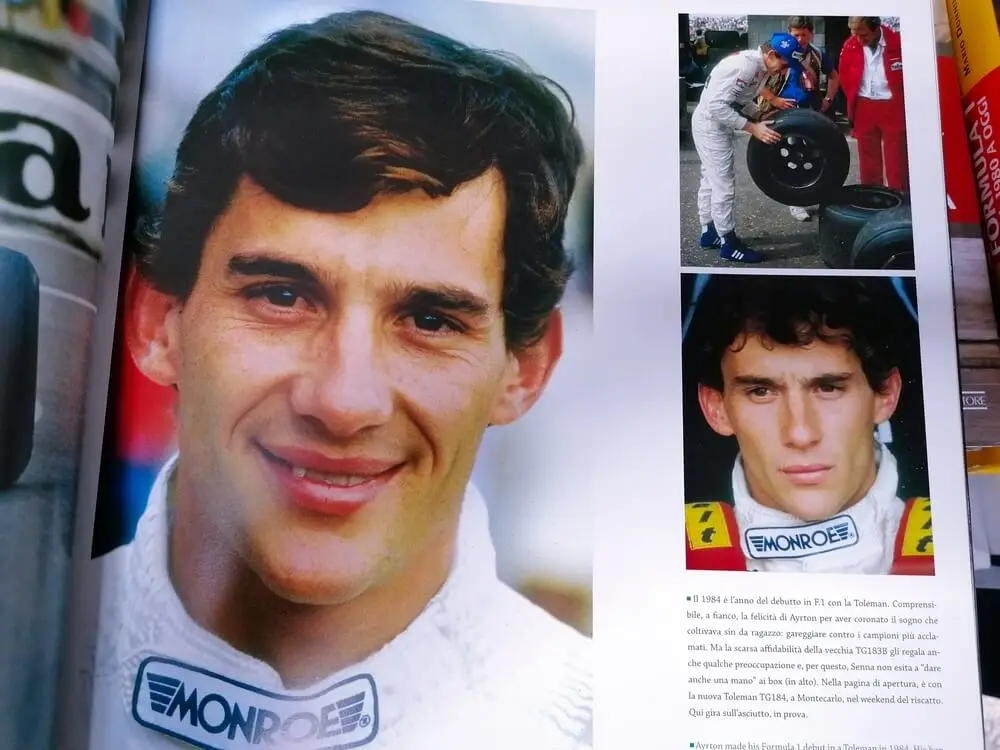
Like this article? You may also like to read: Nacho Monreal’s Retirement: How Does This Stage Affect Athletes?
The Brazilian idol also joins the list of athletes who have died in competition. Senna was killed when his car failed to negotiate a sharp curve and crashed violently into a concrete wall at a speed of approximately 211 km/h. On impact, a suspension rod pierced his helmet and visor, causing skull fractures and severe loss of brain mass.
After the accident, Ayrton received medical attention at the scene, where he underwent an emergency tracheotomy. He was then transported by helicopter to a hospital, where he was pronounced dead hours later.
Impacts to the head have been the most frequent cause of life-threatening injuries to racing drivers, so protecting this area is vital. These impacts can result in fatal injuries, including skull fractures.
According to a publication by Forensic Medicine Notebooks, trauma to the skull can result in instant death when it affects the vital centers that control the heart and breathing. This can occur due to a significant contusion or laceration, as well as a fracture at the base of the skull.
Senna’s accident led to a major review of safety in Formula 1.
Events that invite reflection on safety in sports
Renowned athletes who have died in the midst of competition leave an indelible legacy. These tragic events remind us of the importance of safety in sports and the need to implement adequate measures to prevent future tragedies.
It’s essential that sports organizations, coaches, and athletes work together to implement adequate measures and protocols to safeguard their integrity and well-being. Safety must be an undisputed priority.
All cited sources were thoroughly reviewed by our team to ensure their quality, reliability, currency, and validity. The bibliography of this article was considered reliable and of academic or scientific accuracy.
- Arribas, C. (16 de junio de 2023). Muere Gino Mäder tras su caída en la Vuelta a Suiza. El País. https://elpais.com/deportes/2023-06-16/muere-gino-mader-tras-su-caida-en-la-vuelta-a-suiza.html
- Asociación Estadounidense del Corazón. (s.f.). Datos, causas y riesgos de los accidentes cerebrovasculares. https://www.goredforwomen.org/es/about-heart-disease-in-women/facts/facts-causes-risks-and-prevention-of-stroke
- Clark, M., & Guskiewicz, K. (2016). Sport-Related Traumatic Brain Injury. En D. Laskowitz (Ed.), Translational Research in Traumatic Brain Injury. CRC Press/Taylor and Francis Group.
- Cleveland Clinic. (8 de julio de 2022). Vertebral Artery Dissection. https://my.clevelandclinic.org/health/diseases/23961-vertebral-artery-dissection#:~:text=Vertebral%20artery%20dissection%20occurs%20when,procedure%2C%20can%20save%20your%20life.
- Dennis, J., Ramsay, T., Turgeon, A. F., & Zarychanski, R. (2013). Helmet legislation and admissions to hospital for cycling related head injuries in Canadian provinces and territories: interrupted time series analysis. BMJ, 346, f2674. https://www.bmj.com/content/346/bmj.f2674
- Drezner, J. A., Peterson, D. F., Siebert, D. M., Thomas, L. C., Lopez-Anderson, M., Suchsland, M. Z., Harmon, K. G., & Kucera, K. L. (2019). Survival After Exercise-Related Sudden Cardiac Arrest in Young Athletes: Can We Do Better?. Sports health, 11(1), 91–98. https://doi.org/10.1177/1941738118799084
- Ferranti Daniel, H., Fonseca, A., Skakavac, N., Araujo, J.C., & Lombardo, R. (2004). Muerte debida a lesiones no jerarquizadas en los politraumatismos con lesiones predominantes en el cráneo. Cuadernos de Medicina Forense, (36), 29-34. http://scielo.isciii.es/scielo.php?script=sci_arttext&pid=S1135-76062004000200004&lng=es&tlng=es.
- Fundación Española del Corazón. (s.f.). Parada cardíaca. https://fundaciondelcorazon.com/informacion-para-pacientes/82-fichas-paciente/882-parada-cardiaca.html#:~:text=La%20parada%20cardiaca%20s%C3%BAbita%20o,cerebro%20y%20a%20todo%20el%20organismo.
- Fundación MAPFRE. (s.f.). Lesiones de los ciclistas. https://www.fundacionmapfre.org/media/educacion-divulgacion/seguridad-vial/movilidad-segura-salud/infografias/traumatismo-craneoencefalico-ciclista.pdf
- Gutiérrez Sotelo, O. (2014). Muerte súbita en deportistas. Revista Costarricense de Cardiología, 16(2), 18-24. http://www.scielo.sa.cr/scielo.php?script=sci_arttext&pid=S1409-41422014000200018&lng=en&tlng=es.
- Heilbronner, R. L., Bush, S. S., Ravdin, L. D., Barth, J. T., Iverson, G. L., Ruff, R. M., Lovell, M. R., Barr, W. B., Echemendia, R. J., & Broshek, D. K. (2009). Neuropsychological consequences of boxing and recommendations to improve safety: a National Academy of Neuropsychology education paper. Archives of clinical neuropsychology: the official journal of the National Academy of Neuropsychologists, 24(1), 11–19. https://pubmed.ncbi.nlm.nih.gov/19395353/
- Liebert, P. L. (2021). Introducción a las lesiones deportivas. Manual MSD. https://www.msdmanuals.com/es-ec/hogar/traumatismos-y-envenenamientos/lesiones-deportivas/introducci%C3%B3n-a-las-lesiones-deportivas
- Mather, V. (16 de junio de 2023). Cyclist Dies After Mountain Crash in Tour de Suisse. The New York Times. https://www.nytimes.com/2023/06/16/sports/cycling/cyclist-dies-tour-de-suisse-crash.html
- Mellow, A. (2000). Formula One Accident Investigations. Journal of passenger cars: mechanical systems journal, 109(6), 2531–2539. https://www.jstor.org/stable/44687092
- Rice, S., Iaccarino, M. A., Bhatnagar, S., Robidoux, G., Zafonte, R., & Kotler, D. H. (2020). Reporting of Concussion-Like Symptoms After Cycling Crashes: A Survey of Competitive and Recreational Cyclists. Journal of athletic training, 55(1), 11–16. https://www.ncbi.nlm.nih.gov/pmc/articles/PMC6961649/
- Sawauchi, S., Murakami, S., Tani, S., Ogawa, T., Suzuki, T., & Abe, T. (1996). No shinkei geka. Neurological surgery, 24(10), 905–911. https://pubmed.ncbi.nlm.nih.gov/8914149/
- Simon, L. V., Nassar, A. K., Mohseni, M. (2023). Vertebral Artery Injury. StatPearls. https://www.ncbi.nlm.nih.gov/books/NBK470363/
- Spencer, B. (28 de noviembre de 2014). Fears over cricket helmet safety after test star dies: Better kit could have prevented his shocking injury, say experts. Daily Mail. https://www.dailymail.co.uk/news/article-2852459/Fears-cricket-helmet-safety-test-star-dies-Better-kit-prevented-shocking-injury-say-experts.html
- U.S. Food and Drug Administration. (23 de agosto de 2021). El traumatismo craneoencefálico: Lo que debe saber sobre los síntomas, el diagnóstico y tratamiento. Consultado el 19 de junio de 2023. https://www.fda.gov/consumers/articulos-para-el-consumidor-en-espanol/el-traumatismo-craneoencefalico-lo-que-debe-saber-sobre-los-sintomas-el-diagnostico-y-tratamiento#:~:text=Los%20da%C3%B1os%20se%20producen%20de,un%20traumatismo%20craneoencef%C3%A1lico%20(TCE).
- Warwick, M. (17 de junio de 2023). Gino Mader death: ‘Shock but no surprise as cycling looks for answers’. BBC Sport. https://www.bbc.com/sport/cycling/65935386
- Williamson, M. (s.f.). Deaths in Formula One. ESPN. http://en.espn.co.uk/f1/motorsport/story/3838.html
This text is provided for informational purposes only and does not replace consultation with a professional. If in doubt, consult your specialist.








